The European Commission publishes the METIS models and datasets!
The two key objectives of the METIS project being led by Artelys on behalf of the European Commission are to:
- Provide the European Commission with enhanced energy modelling capabilities in order to support their evidence-based policy making processes, and
- Conduct a series of studies building on the developed models, on topics such as the design of electricity markets, the role of gas and electricity infrastructure, the future of district heating, the impacts of power-to-X technologies, etc.
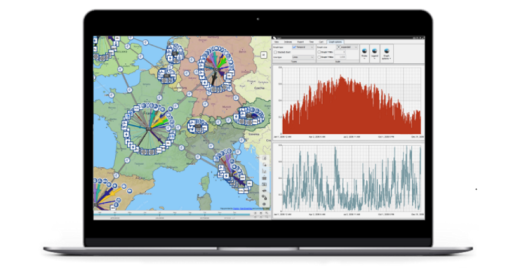
The METIS models and pan-European datasets include detailed representations of the power, gas and heat systems, at various time horizons (2030, 2050), enabling users to undertake analyses of the key aspects of the energy transition, and in particular of smart sector integration strategies.
The hourly time resolution allows to capture all the relevant dynamics of systems relying on high shares of variable renewable technologies, taking into account storage, demand-side management, and the flexibility that can be provided by heat storage or electric vehicles.
Over the course of the last years, METIS has been used by Artelys to conduct:
- Cost-benefit analysis of infrastructure projects: power interconnections, power and gas storage capacities, etc. Make sure to check out our latest study on energy storage and its role in electricity security of supply.
- Impact assessment of policy proposals: cross-border cooperation for reserve procurement, electric vehicles integration, renewable support schemes, etc. See for example our study on risk assessment for electricity producers in high RES systems.
- Scenario building: system adequacy assessments, role of technological options in a net-zero system, optimal set of flexibility options, etc. See for example our studies on district heating or optimal portfolio of flexibility solutions.
The METIS project will lead to additional publications on themes such as flexibility solutions at the level of the electricity transmission and distribution grids, the role of smart system integration to decarbonise the European economy, and the optimisation of the pathway to reach a net-zero energy system.
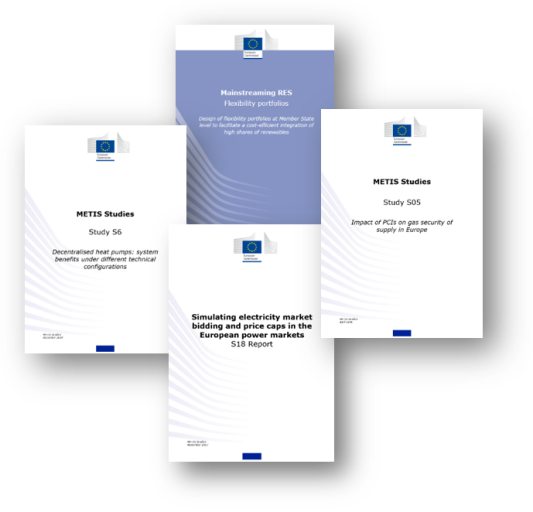
A first series of METIS models and datasets have been published by the European Commission under an open-source licence, enabling everyone to access them and to use them for their own studies.
Artelys is pleased to support the use of METIS resources by providing the following services:
- Licences of the Artelys Crystal Super Grid platform, to enable you to benefit from advanced visualisation features and the optimisation engine that is required to run the METIS models,
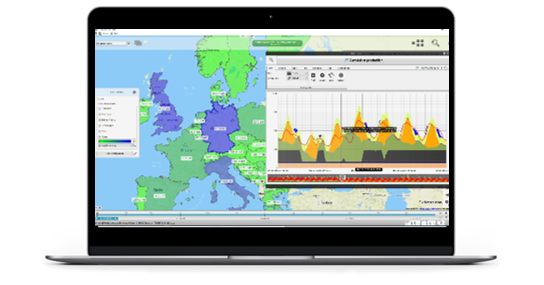
- Consulting studies based on the datasets published by the European Commission (e.g. cost-benefit analysis, assessment of market depth for a technology, sensitivity analysis, scenario building, etc.)
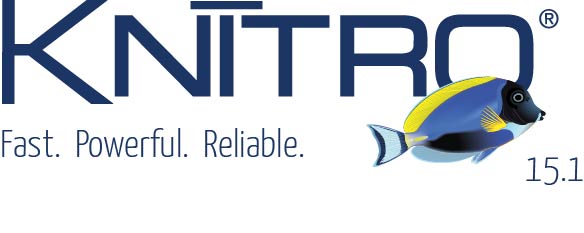
Artelys Knitro 15.1: Solve your toughest pooling applications!
Artelys releases Knitro 15.1, bringing a new wave of performance upgrades and usability improvements to help you solve large-scale optimization problems faster than ever.

Swissgrid selects Artelys Crystal Super Grid
Artelys is pleased to announce that Swissgrid, the Swiss electricity Transmission System Operator (TSO), has selected Artelys Crystal Super Grid, our multi-energy simulation solution, to support their strategic planning and system analysis activities.

Artelys led the Assessment of Policy Options for Securing Inertia for the European Commission
The European Commission’s Directorate-General for Energy (DG ENER) selected Artelys (leader), Trinomics, and Tractebel ENGIE to study solutions for ensuring the future frequency stability of the European power system. The study report was published in August 2025 by...
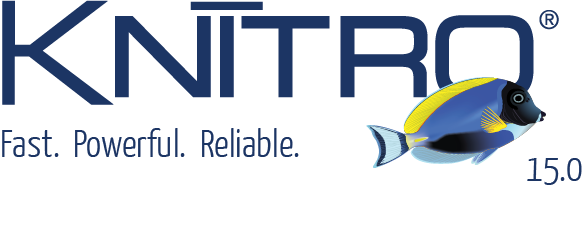
Artelys Knitro 15.0: New Tools for Your Large-Scale Models
Artelys is pleased to announce the release of Knitro 15.0, which provides new algorithms and performance improvements to solve your large-scale optimisation problems, whether linear or non-linear, more quickly.
request a demo
subscribe to our newsletters
© ARTELYS • All rights reserved • Legal mentions